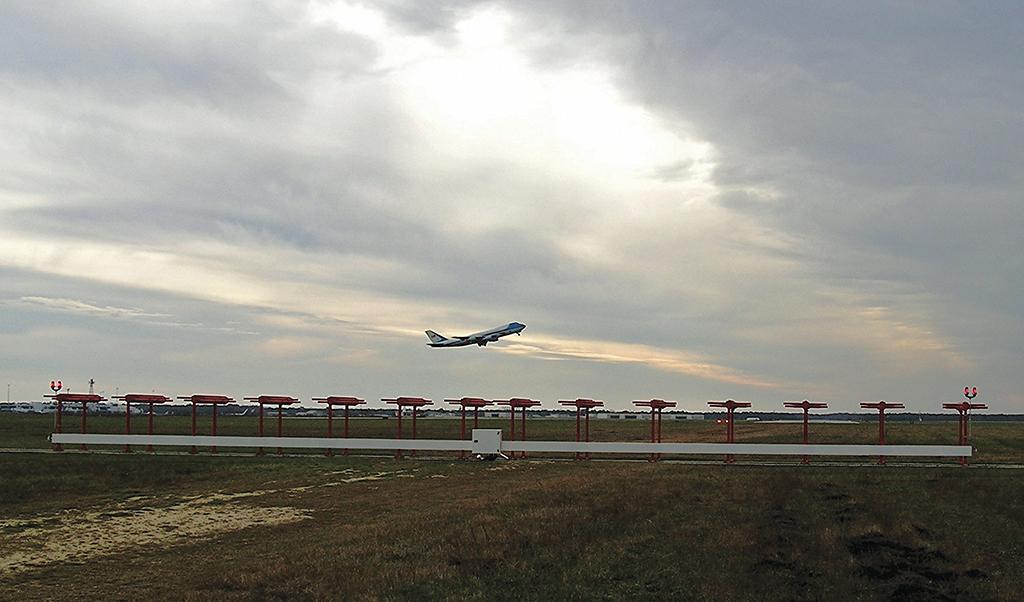
LYON, France–Thales is gearing up for its first deliveries of the DME 500, the French group’s fifth-generation distance measuring equipment (DME) which is compatible with existing onboard receivers.
“We have some launch customers, we will deliver the first examples in the third or fourth quarter this year and entry into service will follow within weeks,” Thales’ managing director of navigation aids and surveillance Kais Mnif said.
The so-called signal in space is the same as in previous-generation DMEs, thus guaranteeing compatibility for avionics. But technology advancements may enable greater precision in determining positioning from the ground, according to Thales’ engineering director of airspace mobility solutions Christophe Grollet.
Company engineers are considering a 5 m (16 ft.) accuracy in DME-DME triangulation positioning, up from the current 15 m. In the “alternative position navigation timing” mode (APNT, currently at the research stage), a 3 m accuracy could be obtained. APNT is being studied in the framework of Europe's SESAR project for entry into service in 2022-23.
“We bring spectral purity and measurement stability,” Grollet explained. The former means signal deformation is limited and the air navigation service provider (ANSP) can therefore better use spectrum—a scarce resource. Measurement stability means the processing time is constant, enhancing the signal’s accuracy.
The bottom line is the potential use of more demanding navigation methods, such as RNAV.
While the trend in navigation appears to be toward an increased use of satellite guidance, ground-based navigation aids will retain a key role, according to Grollet. “The GPS has its shortcomings—it can be spoofed, it is not always available and the signal is weak.” Therefore, the two types of systems will stay, he said.
“There is a need for a new generation of DMEs to address the congestion issue with a capability to meet the GPS' positioning accuracy,” Grollet added.
A European Union rule requires member states to keep ground-based navigation aids.
Another reason is sovereignty. Some states want navigation over their territory to rely on means they control. And not every country has its constellation like the U.S.' GPS or Europe's Galileo.
In maintainability, the DME 500 was designed to offer better reliability, a reduction in the number or line of replaceable units and a 20-30% cut in electrical power consumption. It can be accommodated in the same shelter as an older DME.
Digitalization implemented in the DME 500 will help an ANSP monitor its network of DMEs and use predictive maintenance, Grollet said.
Another feature of digitalization will be faster turnarounds for calibration. The current practice is to use conventional aircraft for calibration flights, which is time-consuming and involves post-processing of data.
The DME 500 is compatible with a calibration flight performed by an unmanned air system. It can transmit enough data for health monitoring and parameter check purposes. In turn, calibration can be performed in real time.
Grollet believes calibration flights performed by a UAS could be envisaged from 2021.
The DME 500 is Thales' second product in fifth-generation navigation aids. It was preceded by a new Doppler-VHF Omnidirectional Range (DVOR). It will be followed in the coming years by a new instrument landing system (ILS).
